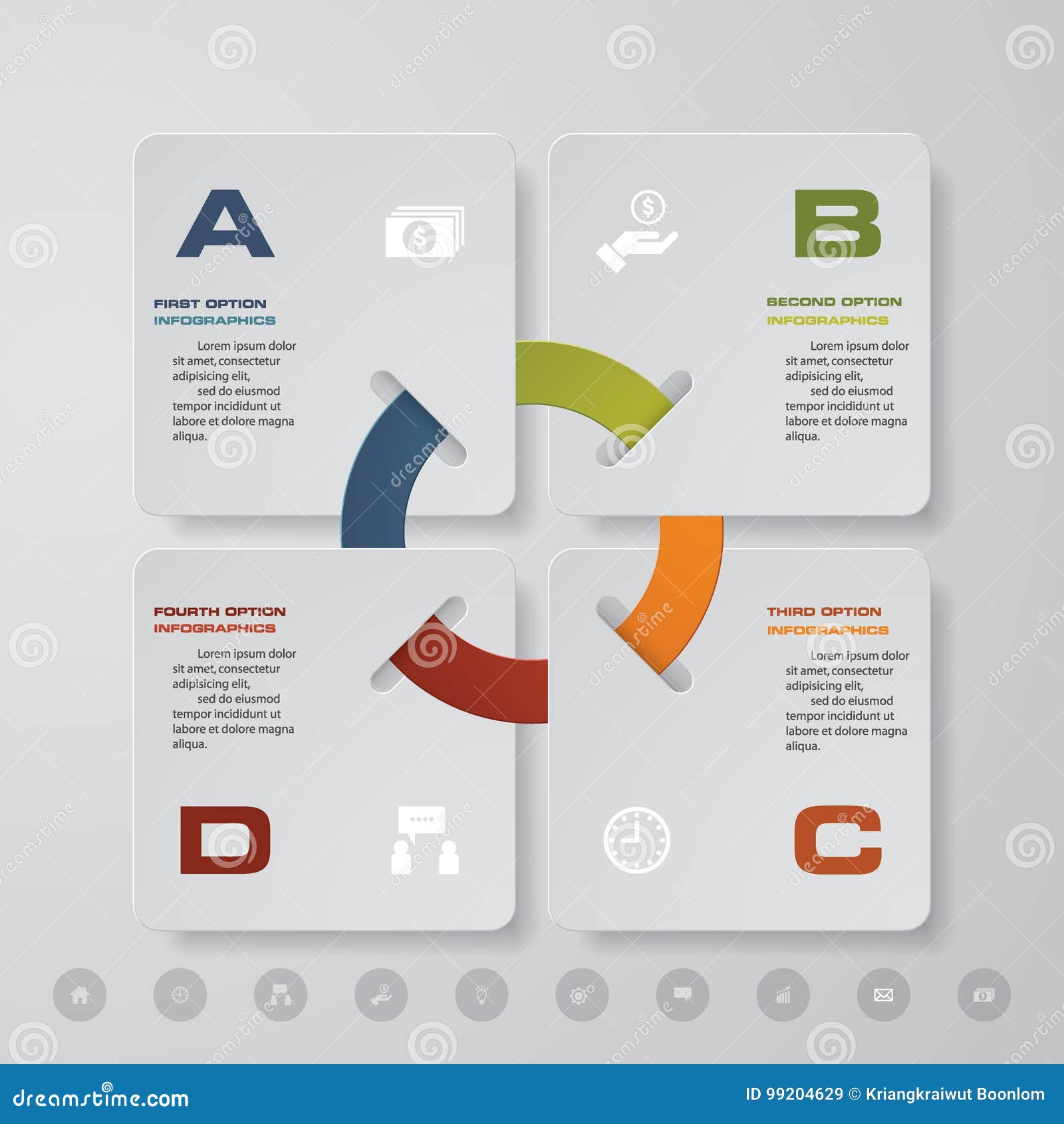
That’s fine because we’re going to research what we need to validate or change. Kick-off workshop techniques we frequently use:Īt this point, most of the workshop deliverables are assumptive. It’s important to understand previous solutions and key business objectives such as KPIs or success criteria. The best way is to involve the widest variety of expertise we can and get as many insights from different company stakeholders as possible. At this point, we make a common understanding of the objectives and facts and build assumptions and hypotheses. If our client already has some quantitative and qualitative data - about the market, client segmentation, competitors, target group, or buyer personas - we go through them. At this time, we get to know the company, its processes, and roles and gather all information we can about the project. This usually takes about one to two days. To create the first draft of our roadmap, we start every product design process with a kick-off workshop. Kick-off workshops are great for acquiring domain knowledge in a topic and get acquainted with the stakeholders. Meet your client, understand the current state of the project and the additional knowledge needed. At UX studio, we concentrate on UX research but if you’re curious about the differences between user and market research, check out our article on this topic. Market research findings are also important. In this section, we’ll look into two product discovery activities our UX professionals frequently use at UX studio: UX professionals reach out to both the stakeholders and the users to explore the problem and opportunity space and find the fundamental pain points that need solutions. Whenever there are too many open questions and uncertainties, different UX research methods can provide solutions and validate ideas, which, in the long run, will help to avoid burning money and waste time. While UX research is an essential part of this step, let’s not forget that carrying out research is not only important at the beginning of the product designing process but at any given product design phase. Its purpose is to base the digital product idea on actual demand. Product discovery is the first phase of every human-centered product design process. Step 1: Product discovery What problem do we want to solve and for whom Brainstorming solutions, defining and prioritizing features In the next section, we will look into these steps in more detail. The Double Diamond product design process modelīased on the Double Diamond model, we follow four steps during the product design process in a flexible, non-linear way.

The Discover and Develop tracks can run simultaneously and support and feed into one another at regular intervals. Secondly, the next part of the diamond - Develop and Deliver - is mainly based on the product discovery findings. Furthermore, they determine a direction for the next product design process steps based on their insights. First, our UX designers and researchers look into the problem space and pinpoint the problems that should be solved. The product design process starts with the product discovery phase. We utilize the Double Diamond product design process with four phases: Discover, Define, Develop, and Deliver. Steps of a user-centered product design process If you need help with product design, reach out to us, and let’s discuss how we can help you.

This is not only useful for a UX professional’s continuous development but also helps in designing a product that serves a client’s business needs the most.ĭuring the product design process, we encourage an agile style of work, working in design sprints, but we are flexible if needed. This helps us improve our design processes effectively, to meet the requirements and demands of the market. Our UX designers often get together and share the experience and knowledge acquired from different UX projects we do for our clients. Even UX studio’s product designers don’t have just one crystal clear guide for design processes. In a good design process, the business requirements meet user needs, which are satisfied within the feasible technical possibilities. These are such as the UX project scope, the size of a company, budget, or deadlines - just to mention a few. The ideal product design process can vary depending on different factors. Step 3: Brainstorm solutions, define and prioritize features.Steps of a user-centered product design process.


 0 kommentar(er)
0 kommentar(er)
